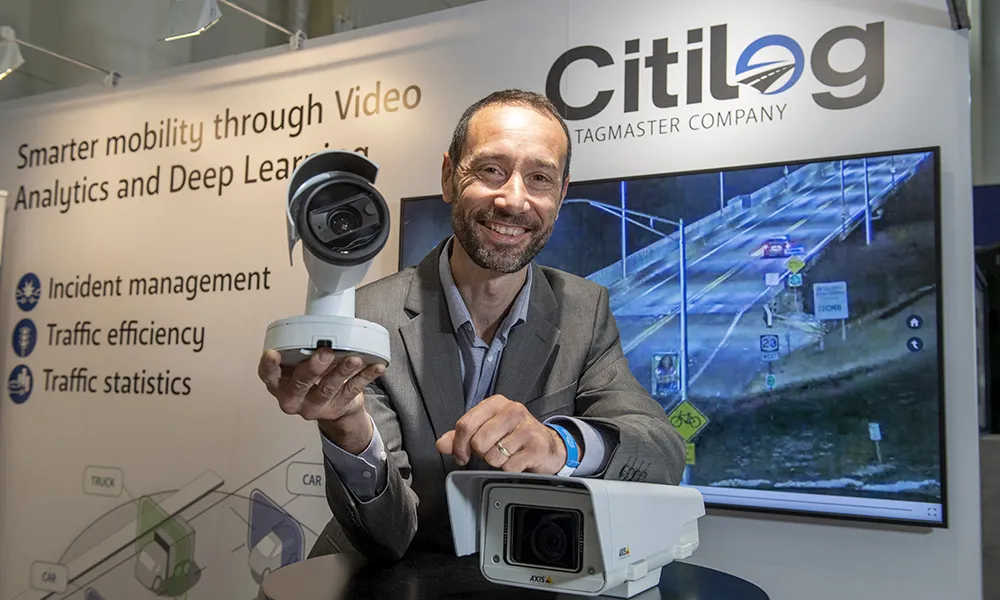
It uses advanced algorithms based on cognitive decisions to deliver high reliability in video-based automatic incident detection, ensuring X-AID is not affected by the most common causes of unreliable operation of video-based AID, such as luminance variation, camera vibration, weather conditions, etc. The system’s setup process enables fine tuning for the best fit to the particular scene and environmental conditions and to improve accuracy.










